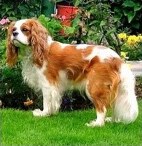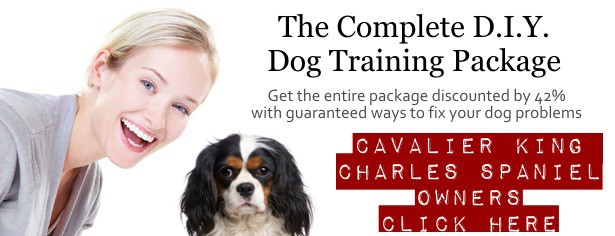 Dog separation anxiety is a fear of being left alone and abandoned. Dogs do not understand when we leave them alone and disappear for an indeterminable amount of time.
Dog separation anxiety is a fear of being left alone and abandoned. Dogs do not understand when we leave them alone and disappear for an indeterminable amount of time.
Sometimes the dog separation is unavoidable. Whether the reason is so that we can pop down to the shops, or to go and visit a sick relative is of no consequence, because for the dog the feelings of abandonment are the same.
In the wild, wild dogs and wolves work as a pack. A whelping mother may stay behind to guard the young, but everything is understood and accepted. Dogs have learnt how to live with humans by watching us, and our body language. They know that as soon as we reach for our coat, pick up our bag, or change from our slippers to our shoes that we are leaving. Since we do the same things when we are going somewhere alone as when we are taking them out for a walk, they will get excited and probably come over wagging their tail expectantly.
Dog separation anxiety occurs as soon as they realize that they are not accompanying us on our journey and a dog that is suffering from extreme stress may start pacing, yelping, squeaking, barking and shaking.
Extreme dog stress will cause them to seek comfort in something else. This normally means that they become destructive and start chewing, messing or going through bins.
Combatting Dog Separation Anxiety
The Cavalier King Charles Spaniel (CKCS) suffers with dog separation anxiety due to its being bred as a companion and lap dog. It is bred not to need lots of exercise and to be happy just sitting with a human, keeping it company.
Avoidance of dog separation anxiety starts when your pet is a puppy. A new puppy is gorgeous and, especially to children, fascinating. The first thing to avoid doing is bringing the puppy everywhere with you. During potty training this is very hard, as it will need to be watched almost continuously. However, there will be breaks in the routine where the puppy will not need to go, and you should take this time to allow the puppy to be in a different room to you. This can only be for a tiny amount of time at first but gradually as the puppy gets older the time can increase. As the dog gets used to being alone, there is a much better chance of it not developing anxiety problems.
A huge mistake made by many owners is saying hello and goodbye to their dog. This only compounds the dog’s fear that you will not be coming back. Practicing leaving and entering a room without comment to the dog can help with this.
Shut your dog in one room, or make it sit and stay and back out of the room out of sight, and then re-enter. Every time the dog bounds up to greet you turn away and ignore it until you can enter the room and the dog keeps calm. Release the dog from its stay position but continue to ignore him for several more seconds. Then calmly bend down and make a small, gentle fuss of it.
Doing this at the front door, both with family members and friends can help with jumping up as well.
The principle of this exercise is to make the dog realize that it cannot see the visitor unless it is completely calm and keeps its excitement under control. Telling visitors that they are not to make a fuss of the dog straight away is not cruel, it actually shows the dog that people coming and going is absolutely nothing to get worried or stressed about.
Other dog calming tips include:
• Leaving on lights, TV or radio
• Giving chew toys
• Giving a Kong full of its dinner or treats
• Leaving it in a crate or playpen, but only as long as the dog is comfortable with a crate. Forcing it into a crate will only worsen dog separation anxiety
Anxiety in dogs is not fun for pet or owner, and it can take a long time for a severely anxious dog to get its confidence back, but with perseverance and patience it can be done.
For more information about Cavalier King Charles Spaniels, click here to check out the highly recommended Insider’s Complete Guide To the Cavalier King Charles Spaniel package today.


